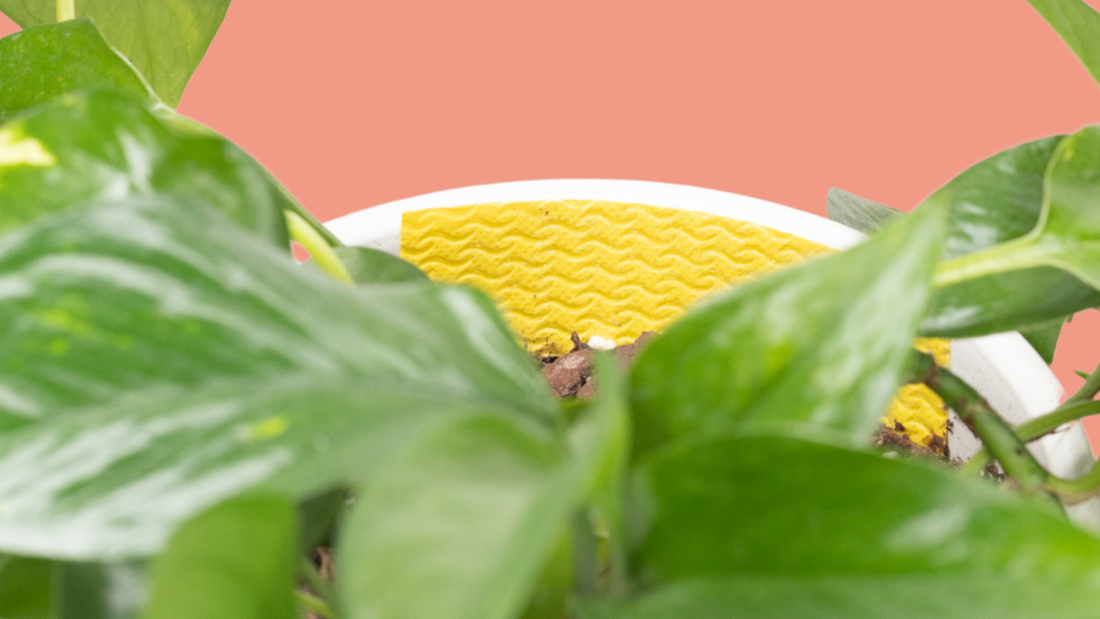We get it - when plant pests hit, they can be a MASSIVE pain! The first step is to identify and the second...is to destroy! Never fear, We the Wild is here! Check out the most common flying plant pests, and discover some handy hints to make sure they're gone for good!
THE 3 GOLDEN RULES FOR ALL FLYING PESTS:
1. Use Sticky Pest Traps:
Our sticky pest traps sit discretely inside your pot, close to the soil where adult gnats live. They will attract fungus gnats with their bright color, preventing them from laying eggs in the soil.

2. Use Neem Oil and Worm Castings:
Many customers tell us that Neem oil based sprays act as a natural insecticide for fungus gnats. Protect Spray contains Neem Oil and can be sprayed liberally over leaves and stems.
3. Wipe Leaves With Leaf Cleaning Gloves
Physically lifting pests with our microfibre gloves is a sure fire way to drastically decrease the population quickly!

HIDDEN HINTS FOR TOP FLYING PLANT PESTS:
Fungus Gnats (Sciaridae): The Tiny Troublemakers
Fungus gnats are small black flies that look like mini, annoying mosquitoes. Their larvae LOVE moist soil, making well loved houseplants prime candidates to infestation. Here's how to combat these pesky intruders:
TOP TIP: Allow Soil to Dry Out: Fungus gnat larvae thrive in moist conditions. Allow the top inch of soil to dry out between waterings to disrupt their life cycle.
Whiteflies (Trialeurodes vaporariorum): The Silent Invaders
Whiteflies are tiny little moth-like insects that feed on plant sap. If you're noticing yellowing and wilting of leaves, it could be these pests! Like gnats, make sure you use a Neem Spray and Pest Strips. But there's another handy hint!
TOP TIP: Prune Infested Leaves: quarantine your plant and remove the leaves that contain the most whiteflies. It will help curb the spread.
Spider Mites (Tetranychidae): Web-spinning So-And-Sos
Ever seen little spidery webs on your plants? It's from Spider mites! These are tiny lil suckers that drink the sap from plant cells. Did you know that these flying plant pests thrive in warm and dry conditions? It makes our toasty homes the perfect place for them! Just like fungus gnats and whitefly, your trusty Neem Oil and Pest Strip combo will work a treat. But there's a little secret for help with Spider Mites.
TOP TIP: Increase Humidity: Spider mites thrive in dry conditions. Increase humidity around your plants by following our humidity guide.
Maintaining a pest-free indoor garden requires keen eyes and the right tools. Remember, use a microbial and organic plant food to keep your plant thriving. After all, a healthy plant is better equipped to resist and recover from pest infestations.


